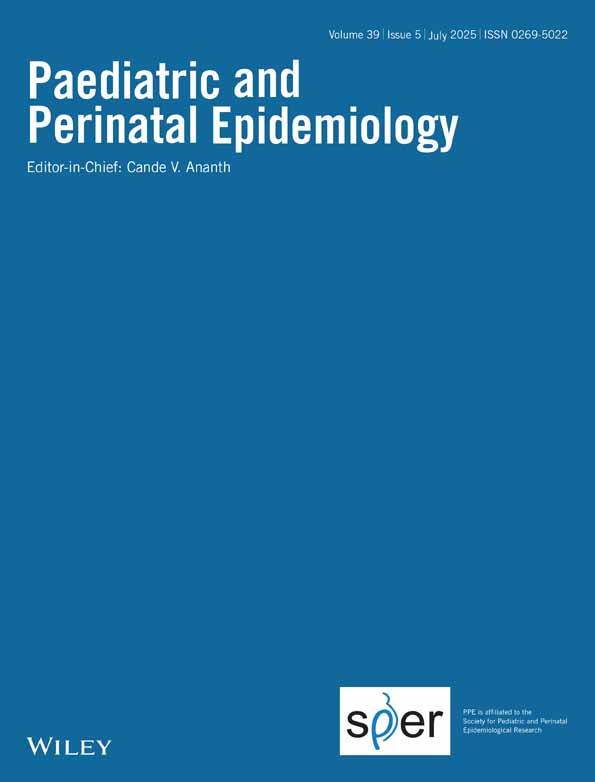Left Truncation in the Periviable Period and the Black Survival Advantage
Funding: This work was supported by National Institute of Child Health and Human Development (5R01HD103736) to Tim A. Bruckner.
Editors note: A commentary based on this article appears on page 428.
[Correction added on 08 May 2025, after first online publication: Figures 4 and 5 have been switched in this version.]
ABSTRACT
Background
Infants born in the periviable period show an extremely high risk of infant death. At all gestational ages in the periviable period, non-Hispanic (NH) Black infants counterintuitively show relatively lower infant mortality risk than do NH white infants. The literature theorises that cohort variation over time in pregnancy loss (a form of left truncation in utero) could explain a portion of this survival advantage.
Objectives
We test this left truncation hypothesis in the US (Jan 1996 to Jun 2018) by focusing on NH Black singleton periviable males. We use twin sex ratios as a gauge of cohort left truncation against frail males.
Methods
We retrieved US birth and infant death records for all NH Black and NH white singleton infants born in the periviable range for 282 monthly conception cohorts. We used high and low outliers in the monthly sex ratio of extremely preterm twins (M:F), where a higher sex ratio indicates less selection against frail males. We applied augmented time-series methods which control for both autocorrelation and confounding.
Results
NH Black male periviable singleton infants show a stronger survival advantage (relative to NH whites) for cohorts with high outliers in left truncation (4.0 fewer deaths per 100 live births, 95% confidence interval 1.0, 7.2).
Conclusions
Elevated left truncation in utero may contribute to the survival advantage of NH Black male singletons in the periviable period. Observed racial/ethnic differences in infant mortality across conception cohorts vary, at least in part, from left truncation.
Conflicts of Interest
The authors declare no conflicts of interest.
Open Research
Data Availability Statement
We will make all de-identified data publicly available on our GitHub repository.




